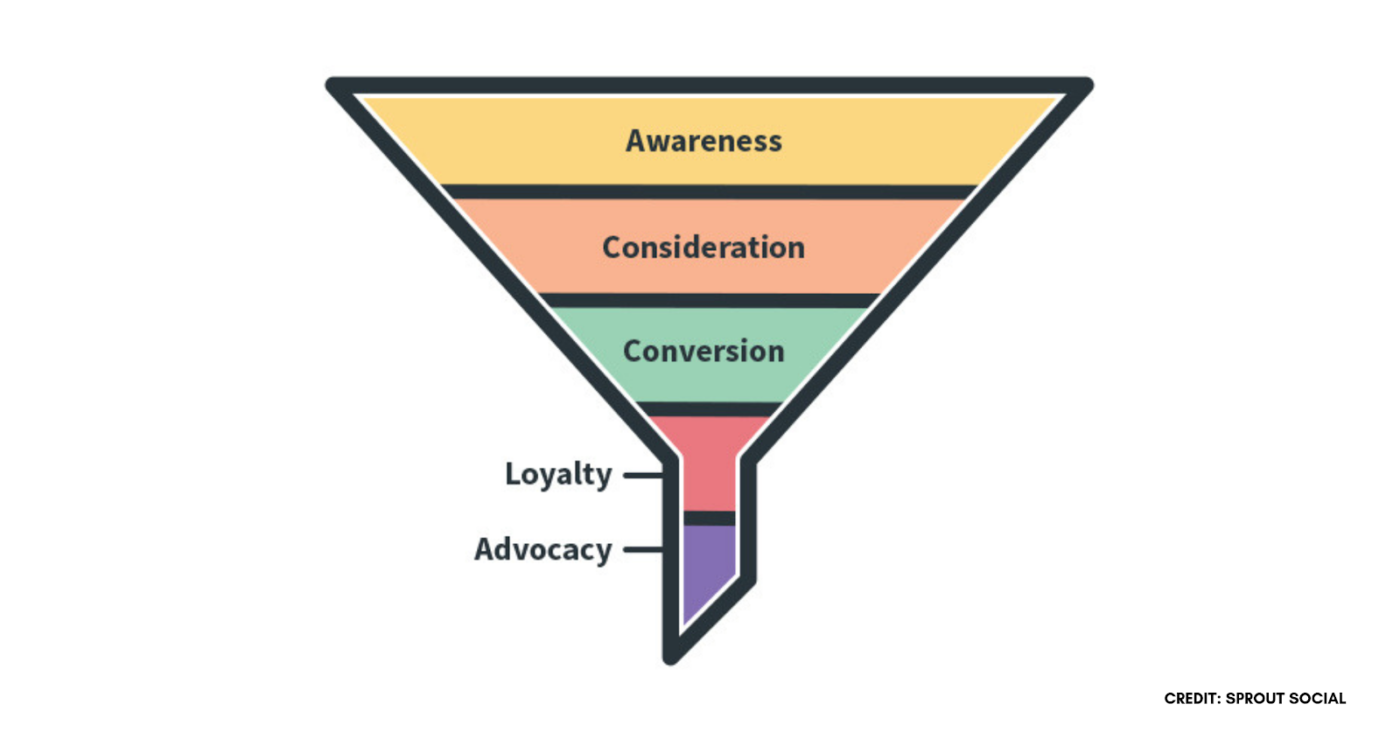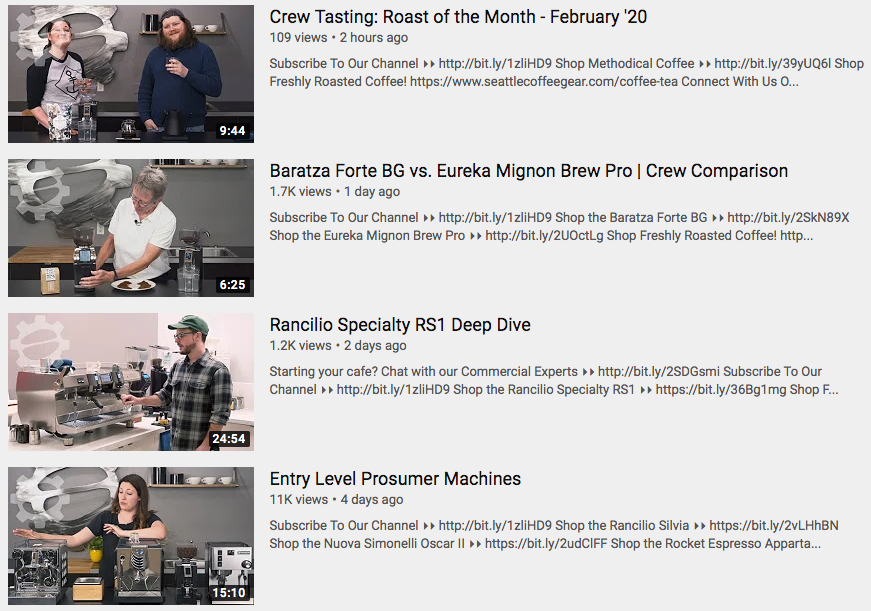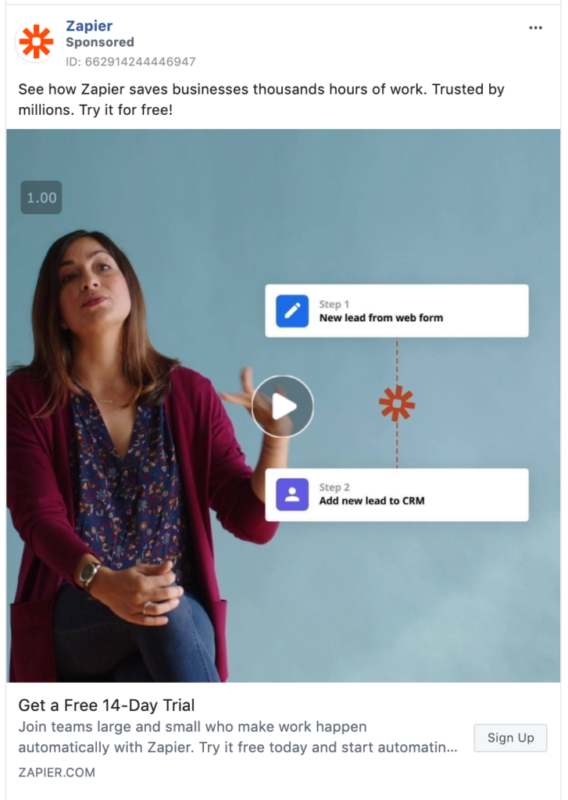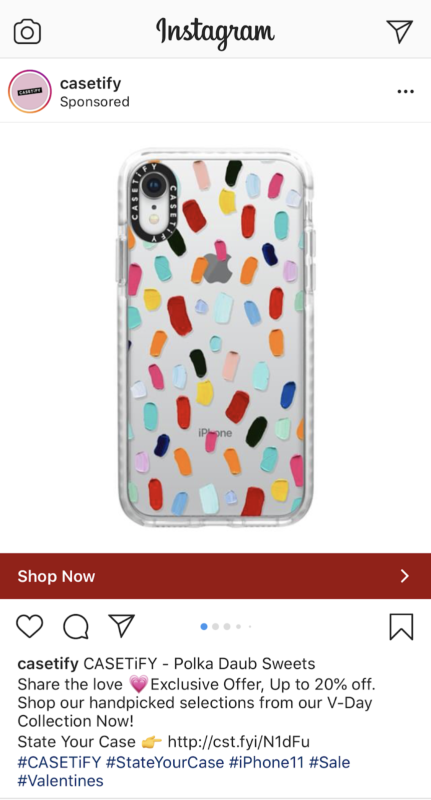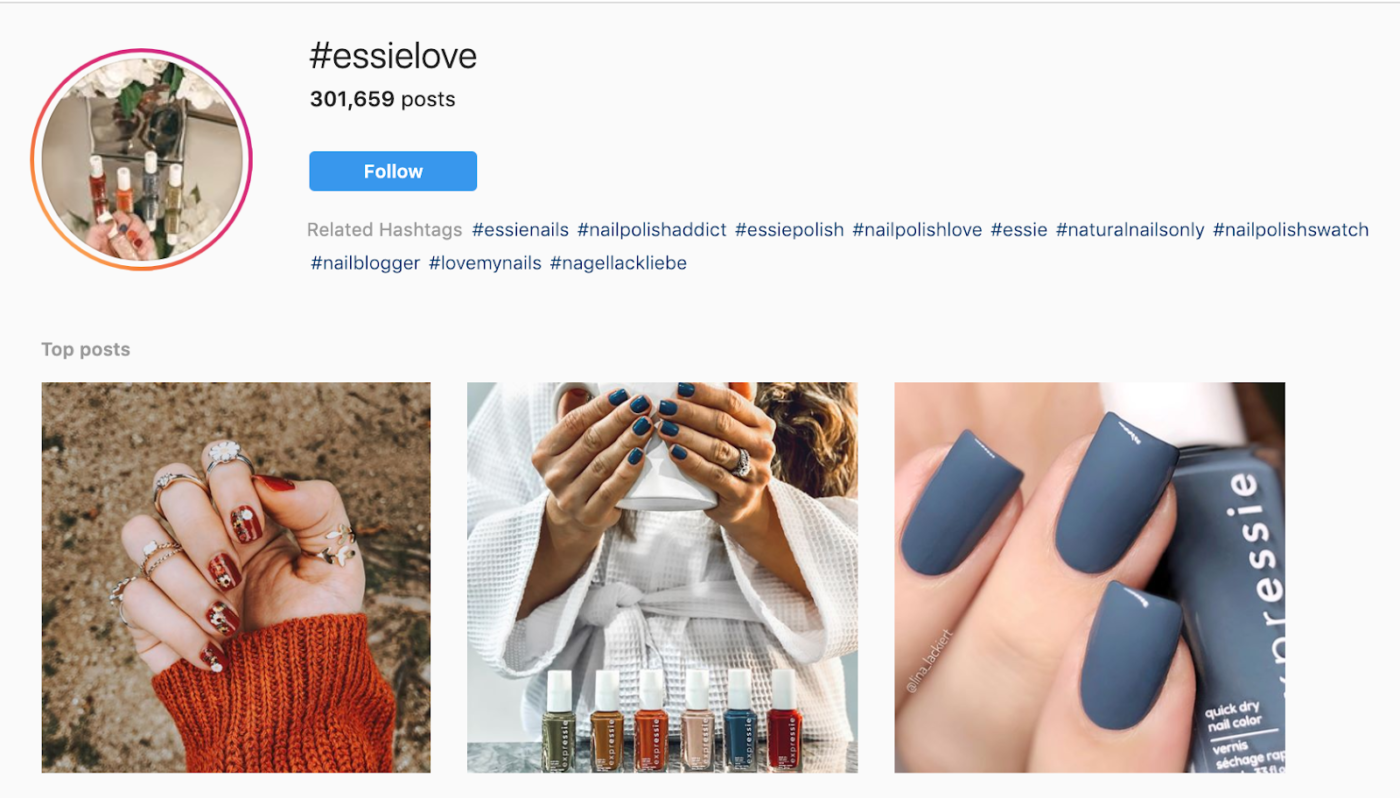Marketing
How to Create a Social Media Marketing Funnel
Businesses implement social media marketing strategies to build brand awareness, identify leads, and convert them into customers. Most businesses plan, organize, and publish content based on a social media marketing calendar.
Social media is a great source of leads for any business. This article will help you understand the nuts-and-bolts of a social media marketing funnel. An effective social media marketing funnel will help you create awareness, generate leads, and convert the leads into customers.
A social media marketing funnel is a roadmap for converting your social media audience into customers. It facilitates the customer journey from awareness to conversion and advocacy.
Source: ventureharbor
The five stages of the customer journey are classified as follows:
- Awareness: Create awareness of your brand and its products and services and identify qualified leads.
- Consideration: Differentiating your brand from the competition by highlighting your USP.
- Action: Influence your leads and convert them to customers.
- Engagement: Use social media to maintain top-of-mind awareness and build post-purchase engagement.
- Advocacy: Build trust with your customers and them to recommend your brand.
The marketing funnel works as a unified whole, with the five stages synced with each other. Let’s look at each stage and the relevant marketing strategies in granular detail.
Now we’ve covered the theory, and it’s time to look at the practice. I’ll discuss the five steps you need to follow to create an effective social media marketing funnel for your business.
1. Build awareness through value-added content
The top of your marketing funnel is the starting point of your customer’s journey. The primary objective at this stage is to create awareness of your brand and your products and services. Identify the problem that your brand resolves and tailor your communication around this solution.
Focus on creating social content that generates awareness of your company while offering value. Pique your potential customer’s curiosity to learn more about your brand.
Relevant content at this stage includes blogs, videos, guides, and webinars. You can use a schedule maker as part of your social media calendar to plan and implement your social postings. The content you create should address the needs and interests of your potential customers.
If you plan to use freelancers to create your content, you can use suitable time tracking tools to measure their productivity.
Check out the YouTube videos created by Seattle Coffee Gear. They have a great series of videos that create brand awareness and solve customer problems about making different types of coffee.
The basic framework of a social media marketing funnel covers five stages of the customer journey.
Source: sproutsocial
Paid advertising is another effective way to build brand awareness. It allows you to target a specific audience that is relevant to your product and service. Once you have created awareness and offered your value proposition, your customers are ready to move to the next stage of the journey.
I recommend you try to capture your leads at this stage of the funnel. You can send visitors to custom landing pages where you offer a content upgrade to get them on your email list. You can create your landing page with a landing page builder.
It’s a good policy to get your social media followers onto an email list. You have complete control over your email list, whereas a change in a social media algorithm can have an overnight impact on your ability to connect with your social followers.
2. Drive consideration with differentiation
The consideration stage is where your leads begin looking for specific information and comparing your brand against competing companies. Your content needs to build on your value proposition and provide granular details on your products and services.
The consideration stage is an opportune time to provide detailed information with case studies, webinars, and testimonials. Use visually rich email campaigns to encourage likes, shares, and comments on your social media brand pages and build trust to drive your leads towards conversion.
For example, Zapier uses Facebook Ads for retargeting customers who have visited their website or social pages. It’s a nice way to remind customers of your product or services.
Source: digitalmarketer.com
Both B2C and B2B companies can use the consideration stage to post testimonial campaigns, in-depth product tutorials, and product reviews on their social media pages.
3. Trigger action with email marketing and remarketing
Now that you have nurtured your leads to this point, they would be receptive and ready for a gentle nudge towards purchasing your product or service. The action stage is where you convert your leads to customers and a critical stage of your social media marketing funnel.
Email marketing and remarketing are two strategies to convert the leads to customers. Run an email campaign and offer your leads an incentive like free shipping to drive the conversion. Design your email with captivating visuals and vector art.
Paid remarketing campaigns are another effective strategy at this stage. The remarketing campaigns enable you to connect with people who have shown an interest in your product or service.
Casetify offers discounts and holiday promotions as an incentive to buy their phone cases. Their remarketing campaign on Instagram targets users who have interacted with the brand, either on social media pages or on the website.
Source: Casetify.com
Your social media marketing funnel does not end with converting your leads to customers. In fact, this is where the real brand journey starts, the journey to engage with the new customer and convert them into loyal brand advocates.
4. Build loyalty through giveaways and post-purchase promotions
The action stage netted your brand a new customer. The focus now shifts to retaining the customer. It is important to keep the customer engaged and make them feel a part of the brand tribe.
Create social media content that acknowledges and appreciates their patronage. Essie, a nail polish brand, runs a #essieloves campaign on its website and social media homepages. The users are encouraged to post pictures of the creative use of nail polish. The content is shared with Essie’s two million users.
Source: digitalstrategy
Less visual brands can run hashtag campaigns on Twitter or use TwitterChat. SEMrush uses Twitter to run weekly #SEMchat campaigns to attract customers and qualified leads. B2B and Saas companies can share tutorials to build engagement with their customers.
5. Build advocacy with gratitude and rewards
Brands use the advocacy stage to convert customers to brand advocates. Expressing gratitude and rewarding the customers for spreading the word on your brand are effective strategies.
Dropbox rewards its users with additional storage space for each referral.
Source: dropbox
Continued nurturing of your customers will convert them to brand advocates who will recommend your brand within their social circle, thereby leading to your brand’s organic growth.
Wrapping up
Creating your social media marketing funnel is an effective strategy to build brand awareness, identify leads, convert them to customers, and turn them into brand advocates.
Your marketing funnel has five distinct stages that work together to create a unified and efficient funnel. Each stage has its unique objective and content strategy. A unified funnel provides a seamless brand journey for your customers.



